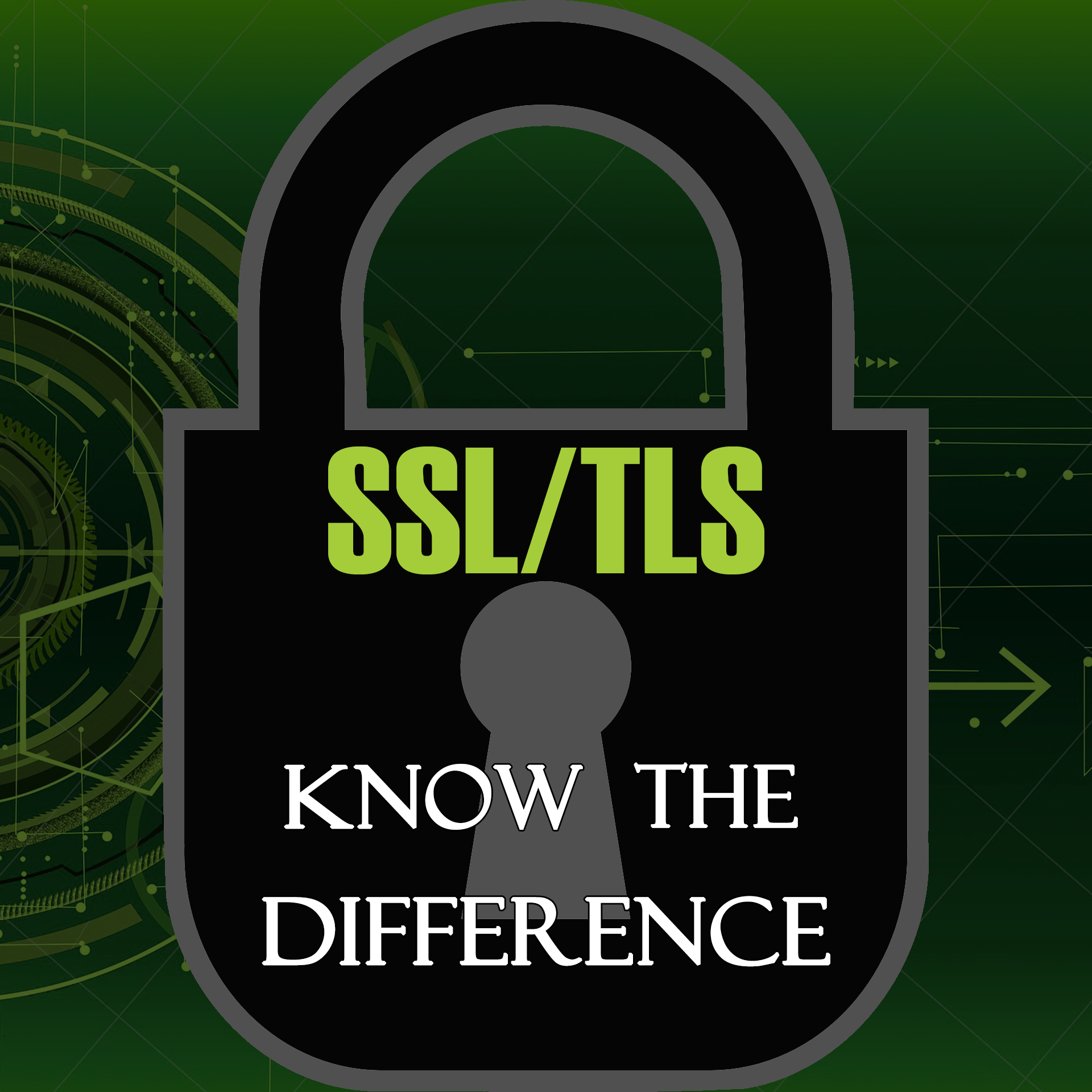
SSL/TLS: Know the Differences
What is SSL?
SSL stands for Secure Socket Layer. SSL was developed by Netscape in the mid-1990s, as a means to secure the online connection between a client and the server. SSL version 1.0 was never released, and SSL 2.0 and 3.0 were released in 1996 and 2008 respectively. However, SSL has had its flaws and vulnerabilities since the start, and as a result – TLS was released as SSL’s successor.
What is TLS?
TLS stands for Transport Layer Security. TLS was developed as the successor for SSL, providing higher levels of security for client/server communications. TLS effectively replaced SSL in 2015. SSL and TLS work similarly, as they encrypt data sent between the client and the server, to ensure the information isn’t accessible to hackers. TLS is commonly used for instant messaging, VOIP and web browsers.
What are the differences?
While SSL and TLS are often used interchangeably, they are different. Modern internet connections use TLS as a means of secure communication. But are often referred to as “SSL Certificates” due to the fact that SSL is the most commonly known name.
It is also important to remember that while they are different, their premises are the same – establish secure/encrypted communication between client and server, to protect personal information from cybercriminals.
Below is an informative breakdown from Sectigo Store, outlining the differences between SSL and TLS.
SSL
- SSL stands for “Secure Socket Layer.”
- Netscape developed the first version of SSL in 1995.
- SSL is a cryptographic protocol that uses explicit connections to establish secure communication between web server and client.
- Three versions of SSL have been released: SSL 1.0, 2.0, and 3.0.
- All versions of SSL have been found vulnerable, and they all have been deprecated.
TLS
- TLS stands for “Transport Layer Security.”
- The first version of TLS was developed by the Internet Engineering Taskforce (IETF) in 1999.
- TLS is also a cryptographic protocol that provides secure communication between web server and client via implicit connections. It’s the successor of SSL protocol.
- Four versions of TLS have been released: TLS 1.0, 1.1, 1.2, and 1.3.
- TLS 1.0 and 1.1 have been “broken” and are deprecated as of March 2020. TLS 1.2 is the most widely deployed protocol version.
Why do you need an SSL or TLS certificate?
If you are a business with an online presence (website, e-commerce, etc) it is vital to have an SSL/TLS certificate. This is because users are more likely to trust your website, interact with it, and provide personal information if they know that the information is protected. SSL/TLS certificates also help in confirming the validity of the website they are visiting.
It is also important to note that it doesn’t matter whether it’s an “SSL” or “TLS” certificate, as the certificate itself isn’t what offers the protection. Instead, it’s the actual protocol used by the server – which is currently TLS protocol, across the board.
Conclusion
SSL and TLS are terms used interchangeably, as security and encryption methods used online, to protect information between users and websites. They are essentially the same thing, however, TLS offers more protection and is currently the most widely used protocol for online communications and transactions.
In order for your business’s website to be trusted by the public, it is important to have an in-tact SSL/TLS certificate, to ensure your visitors that your website is safe, and they can browse or transact safely.

